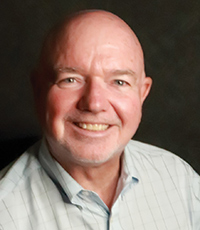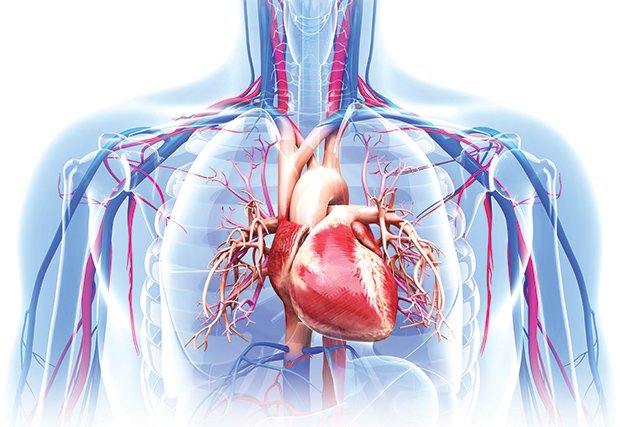 The recently expanded cardiology program at Fort Duncan Regional Medical Center now includes a cardiac catheterization lab. Cardiologist Lon Walder, DO, provides details on this expansion and what it means to the Eagle Pass community to have access to critical cardiac care that’s close to home.
The recently expanded cardiology program at Fort Duncan Regional Medical Center now includes a cardiac catheterization lab. Cardiologist Lon Walder, DO, provides details on this expansion and what it means to the Eagle Pass community to have access to critical cardiac care that’s close to home.
Fort Duncan now has the advanced tools and technologies needed to conduct cardiac catheterizations – procedures that use a thin, flexible tube (or catheter), along with sophisticated imaging equipment, to see how well blood is flowing to and from the heart. These highly specialized procedures are used to both assess and treat blockages (like those that lead to heart attacks) and other problems in the arteries.
Q. Who is a candidate for treatment in the cath lab?
We treat patients with acute myocardial infarctions (MIs), more commonly known as heart attacks. We also see individuals who have had an abnormal stress test or have been diagnosed with peripheral vascular disease, as well as patients who need a pacemaker to help control abnormal heart rhythms.
Q. What tools and technologies are available in the cath lab?
Intravascular ultrasound and fractional flow reserve are used to help quantify the degree of blockage in the arteries. A heart cath can help identify blockages in the heart and we can perform peripheral angiography to define blockages elsewhere in the body
Q. What does it mean to the community to have these capabilities right here?
It saves time, money and lives. We have the equipment right here to take care of patients who need critical cardiac care. They now have close-to-home access to treatments that used to require a long car or ambulance rid
Q. What made you choose Fort Duncan Regional Medical Center?
The opportunity to start a new cath lab in a community that needed one. What differentiates Fort Duncan for me is the appreciation the staff has for their patients and the dedication of the team. They are all good people.

